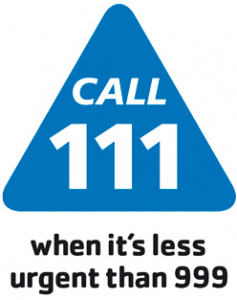What is Dysphagia?
Dysphagia is a disorder of swallowing. People with dysphagia may have difficulty holding food or fluid in their mouth, chewing, moving food to the back of the mouth, swallowing at the right time, protecting the airway when swallowing, clearing food from their throat or getting food or fluid to pass down in to the food pipe.
Why does it happen?
Dysphagia can happen if there is damage to the muscles used for swallowing, or if a person becomes less aware of what is in their mouth. Dysphagia can be caused by stroke, head injury or other neurological conditions - including Parkinson’s Disease, Multiple Sclerosis and Motor Neurone Disease. It can be caused by some respiratory conditions.
Why is dysphagia a problem?
People with dysphagia are at higher risk of food or fluid going down the wrong way (i.e. going into the lungs instead of the stomach). This is known as aspiration. Aspiration can cause chest infections and pneumonia. Swallowing difficulties can lead to malnutrition and dehydration if they are not managed properly.
Will it improve?
Improvement and recovery will vary from person to person and can be difficult to predict. Your speech and language therapist will be able to discuss this with you in more detail.
Symptoms of dysphagia
- Coughing or choking on food or drink
- Wet / gurgly voice after swallowing
- Shortness of breath after swallowing
- A feeling of food sticking in the throat
- Difficulty chewing food
- Food or drink residue left in the mouth
- Loss of appetite or reluctance to eat certain things
- Serious weight loss
- Repeated chest infections
What can help with swallowing?
- Sitting as upright as possible when eating and drinking (not leaning forward, back or to one side) - ideally in a chair.
- Avoid tipping your head back to swallow.
- Take small mouthfuls of food or drink.
- Eat and drink slowly and leave plenty of time between mouthfuls.
- Chew food thoroughly and carefully.
- Don’t eat or drink if you’re feeling too tired or unwell - wait until later.
- Try not to mix mouthfuls of food and drink together.
- Don’t talk whilst eating or drinking.
- Avoid distractions e.g. TV / radio if this stops you following the advice above.
- Don’t use spouts or straws, unless they’ve been specifically recommended.
- If you have dentures, make sure they fit properly. If not, try a fixative- and wear them, if comfortable, to help with chewing.
- Try to stay sitting upright for at least 15 minutes after eating or drinking.
Who can help?
Speech and language therapists are trained to assess swallowing. Your speech and language therapist can recommend food and drinks that are safe to swallow. It may be beneficial to have a modified diet or thickened fluids. If your swallowing is unsafe, it may be necessary to remain nil by mouth (NBM). Your doctor may recommend that you have a temporary nasogastric feeding tube (NG tube). Other members of the team can also help:
- Dieticians may help to ensure nutrition and hydration is adequate.
- Physiotherapists may help with sitting position.
- Occupational therapists may suggest ways to help you eat and drink.
- Nurses may assist with eating and drinking and with keeping the mouth and teeth clean and healthy, particularly if you are NBM.
- Pharmacists may suggest medicines are given in a different form e.g. syrups rather than tablets.




